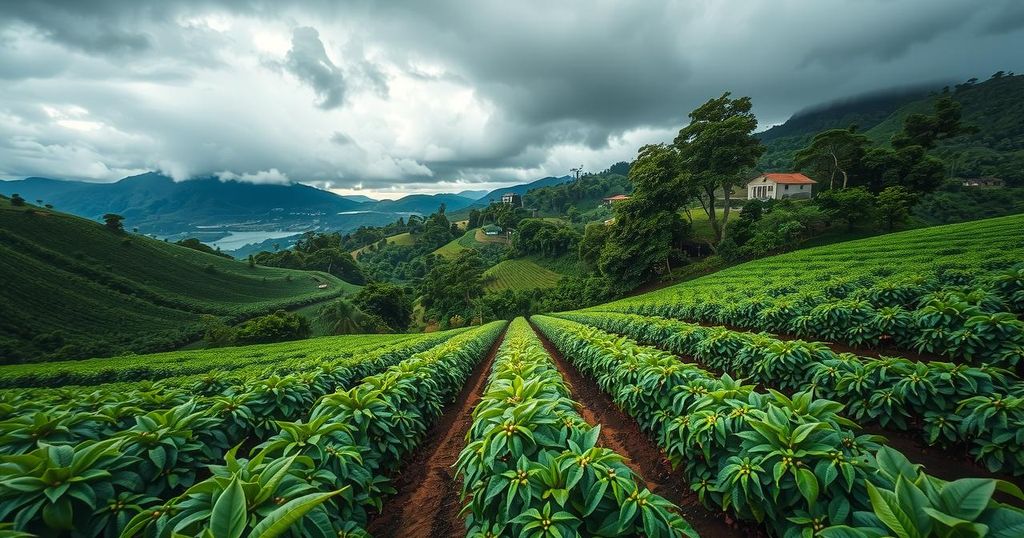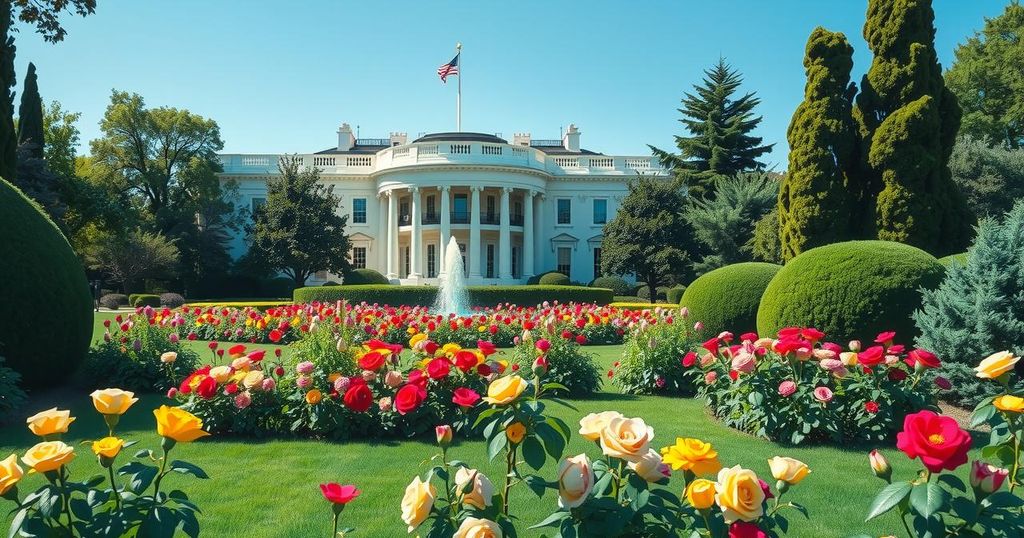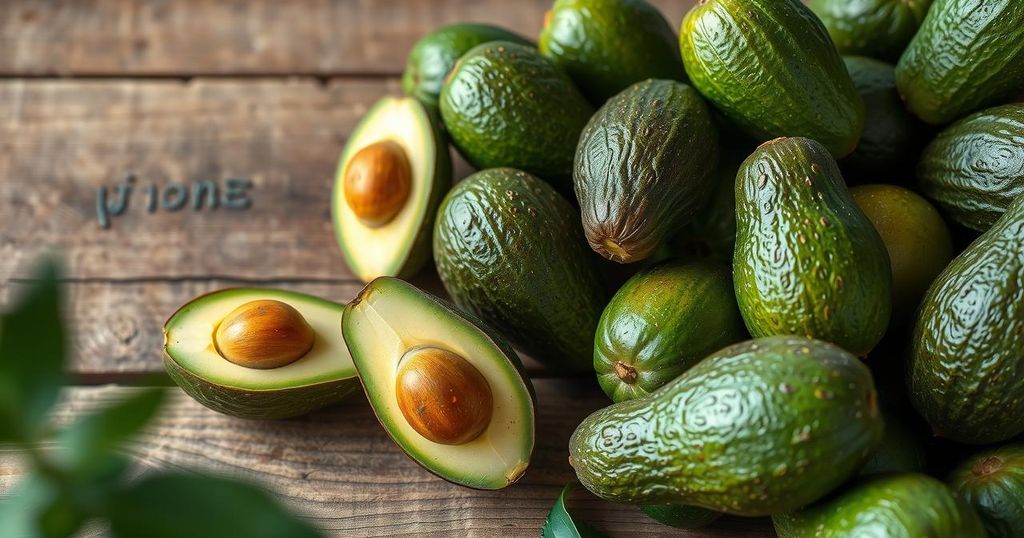The global coffee market is currently facing complexities arising from Brazil’s adverse weather conditions and a strengthening currency, threatening coffee supply and export dynamics. While arabica prices rise due to production concerns, robusta sees downward price pressure from increased inventories. The industry’s future is marked by uncertainty, requiring strategic planning and monitoring of climate impacts.
The global coffee market is currently facing significant challenges due to a combination of climatic and economic influences. Brazil, a leading coffee producer, is grappling with adverse weather conditions that threaten crop yields and a strong currency that complicates export dynamics, creating uncertainty for traders and consumers alike.
The key coffee-growing regions in Brazil, particularly Minas Gerais, are experiencing severe drought, raising concerns about reduced production, especially for arabica beans. These conditions have sparked worries about future harvests, given the beans’ sensitivity to environmental changes.
In tandem with these weather concerns, the appreciation of the Brazilian real against the U.S. dollar is making Brazilian coffee exports less competitive, likely leading to decreased export volumes. This currency strengthening exacerbates the global supply tightness and contributes to price fluctuations in the market.
While arabica prices are under upward pressure, the robusta coffee market exhibits a contrasting trend. Reports indicate that increasing robusta inventories are pressuring prices downward, suggesting a momentary relief in supply constraints, though concerns about long-term stability remain due to declining exports from major producing areas.
Market anxiety is further heightened by projections of reduced coffee crops in Brazil for the upcoming season, primarily due to persistent dry weather and the impacts of El Niño, which is anticipated to negatively affect flowering, quality, and quantity of the harvest. This predicament extends beyond Brazil and affects coffee production in the broader South and Central American regions.
Moreover, Vietnam, a significant robusta coffee producer, is experiencing a notable decline in output due to unfavorable weather, contributing to global supply issues even as other regions boost their export volumes.
As the global coffee market prepares for possible supply shortages, particularly in the arabica sector, industry experts emphasize the importance of accurate forecasting and strategic planning in light of climate change’s growing impact on coffee production. The overall market narrative highlights supply constraints and weather-related risks, with the outcomes in Brazil and Vietnam remaining pivotal in shaping global supply dynamics.
In conclusion, the global coffee market is navigating significant supply constraints amidst climatic challenges and currency fluctuations, particularly stemming from Brazil’s adverse weather and strong real. The arabica sector is under pressure from projected crop reductions, while robusta faces the dual challenges of low output in Vietnam and shifting inventory levels. As industry players brace for increased volatility, careful monitoring of these developments will be essential for future market stability.
Original Source: www.chemanalyst.com




